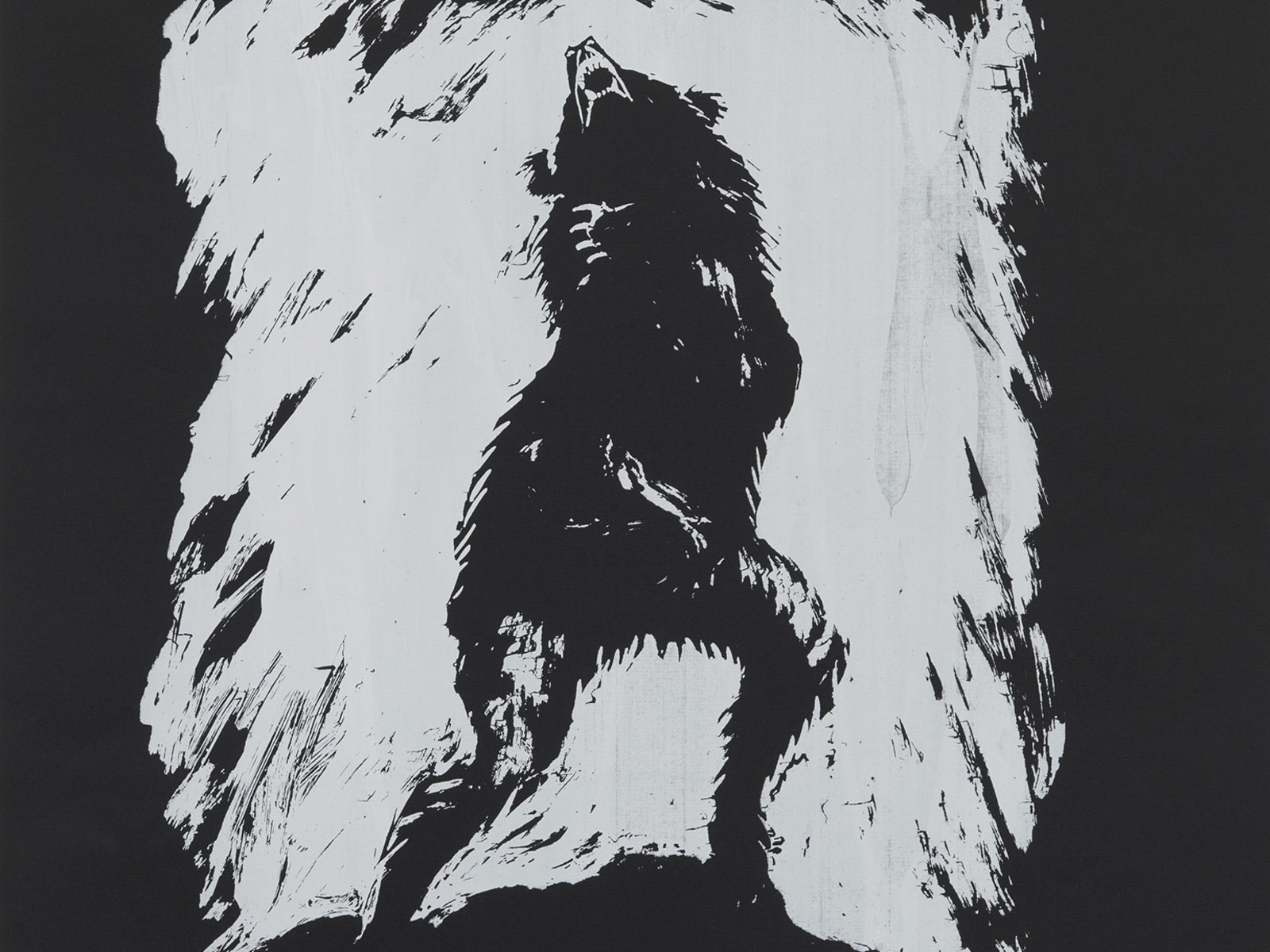-
Curated by Hettie Judah
-
[…]I believed what I saw. He was not
what I saw. My body opened.
It was not my body. I became
a question that must not be asked
of the gods. I grew ripe with it.
I lost my place, my people.
I took the white ribbon from my hair.
Yet to her I was still what lit him. […]– from ‘The Dark’ Lavinia Greenlaw
-

Alexis HUNTER
Callisto, 1992Print65 x 50 cm -

Juno and Callisto, illustration for Guillaume T. de Villenave, Les Métamorphoses d’Ovide (Paris, Didot 1806–07).
-
-

Johann Wilhelm Baur, Callisto hunted by Arcas, c. 1639
-
-

-
Alexis HUNTER
Anatomy of a Friendship, 1973Super 8 transfer to DVD, colour, silentViewing clip -
-

Titian, Diana and Callisto, 1559
-

Alexis HUNTER
Hine-nui-te-po (Great Women of Night), 1988Print56 x 75 cmEdition of 16 -
Text by Hettie Judah.
Saltoun Online




















